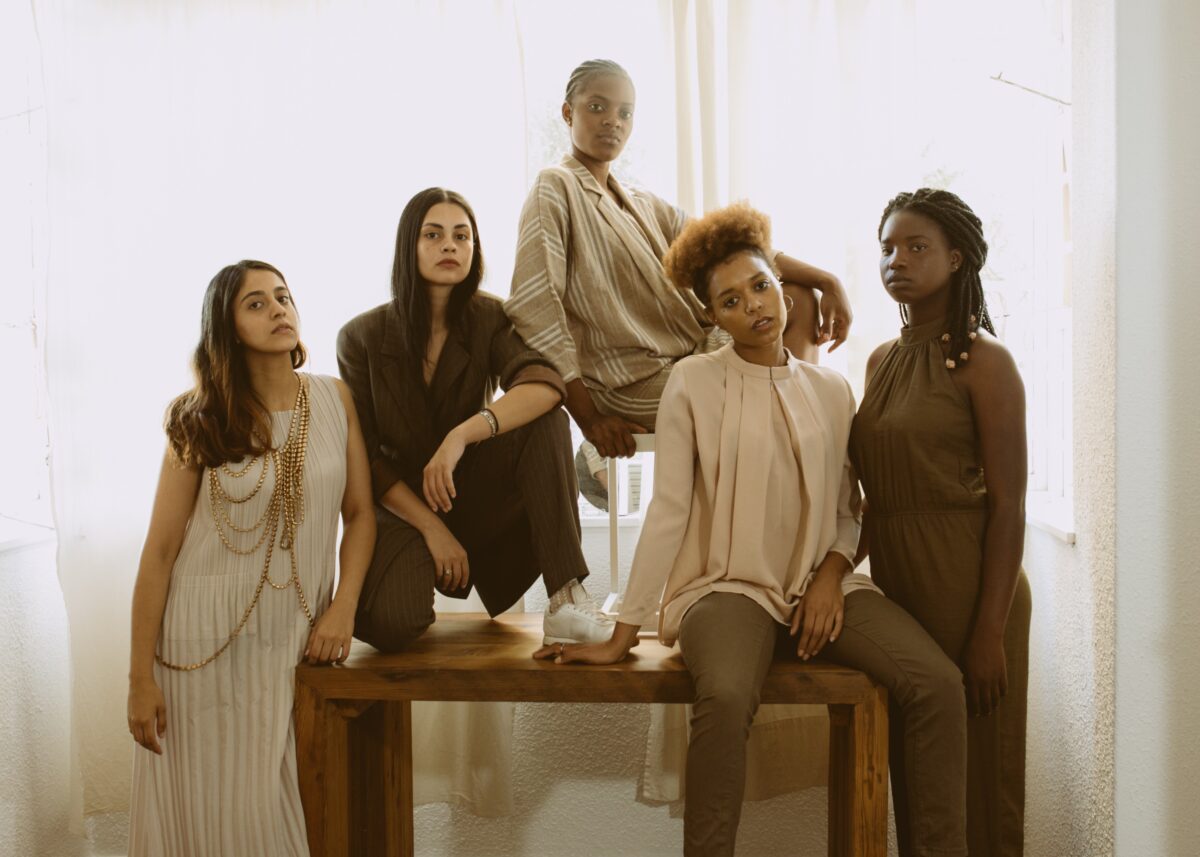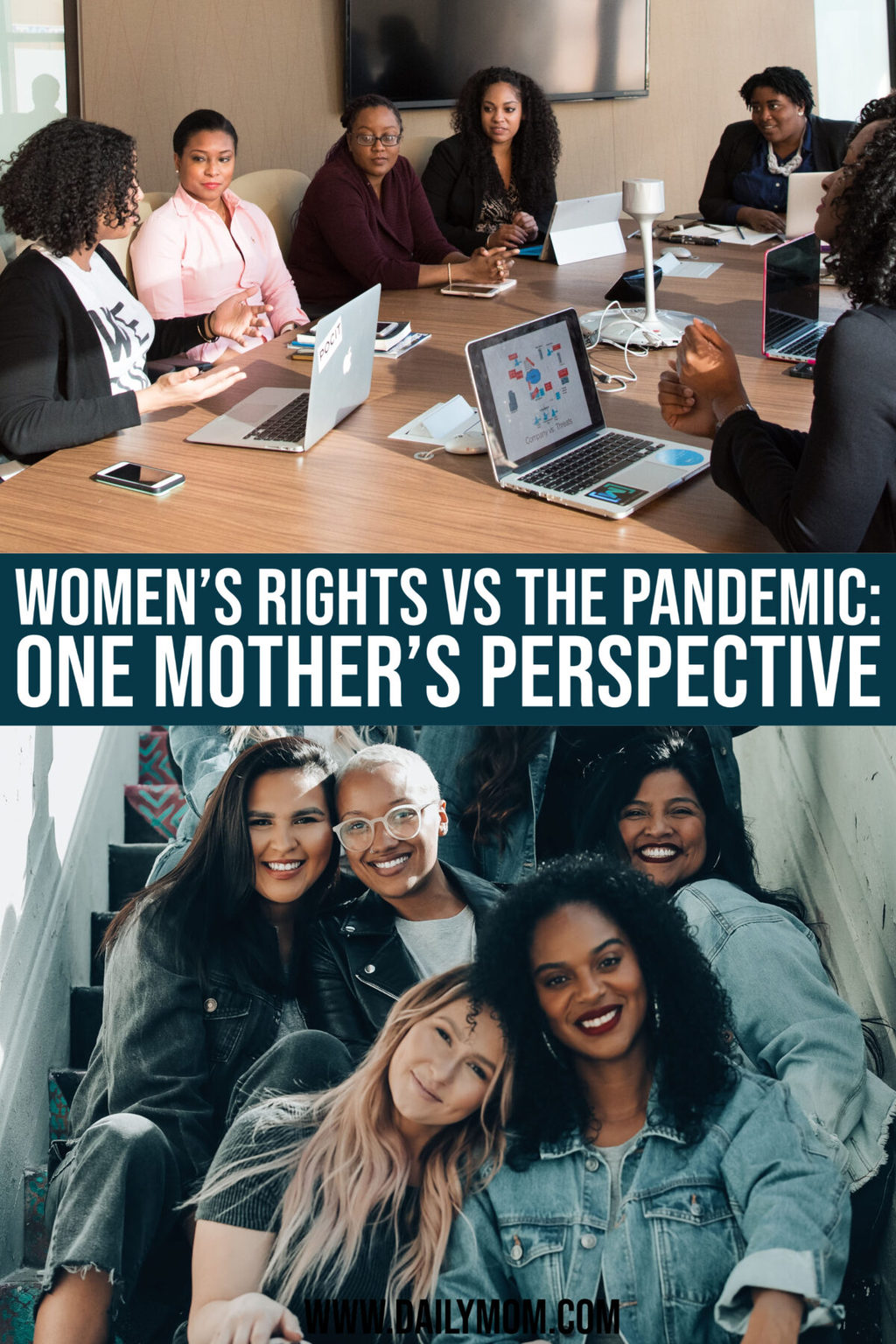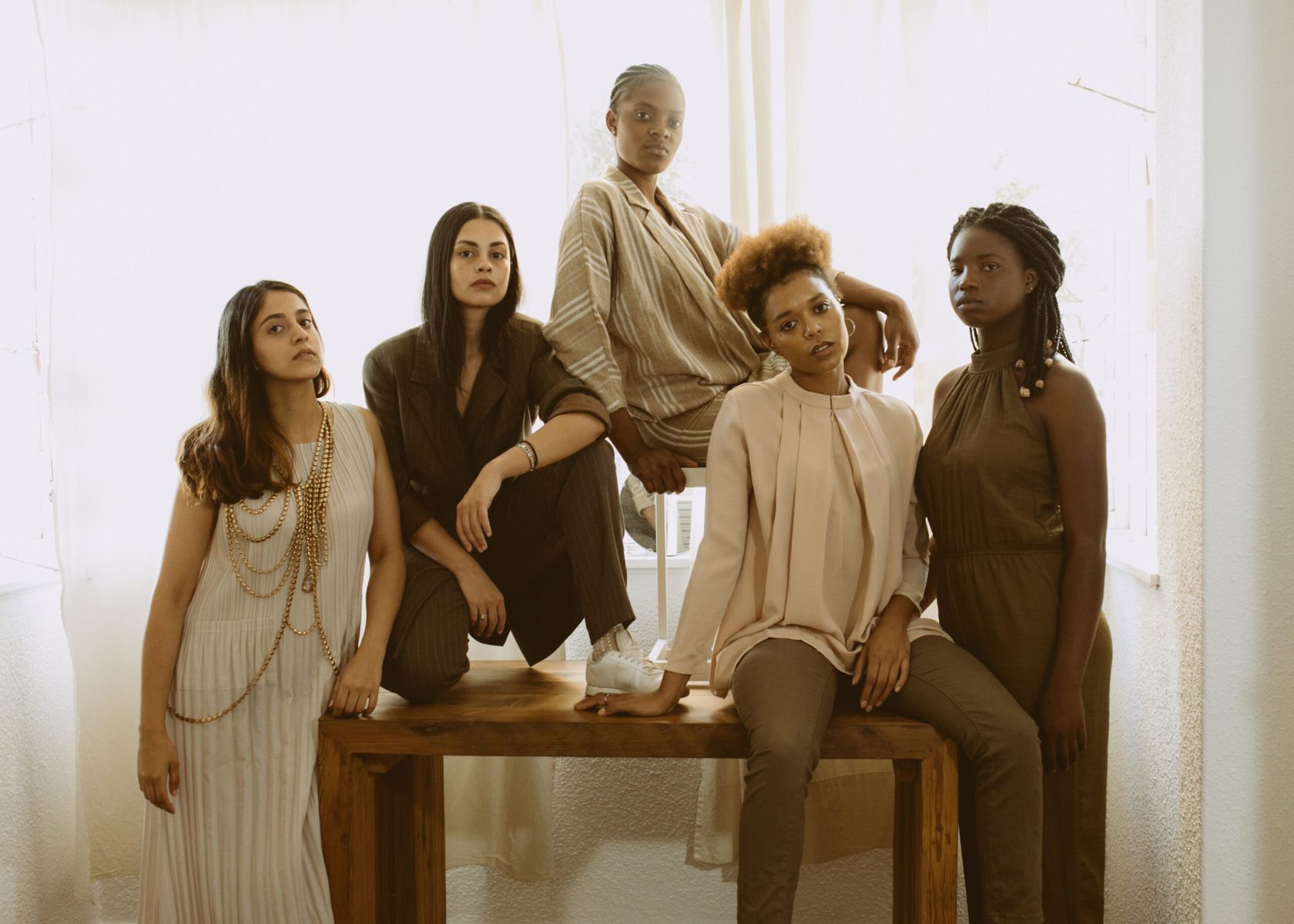When it comes to the pandemic, the first thing that comes to mind probably isn’t “women’s rights”.
The Covid-19 pandemic has seen the greatest loss of American lives since 1918. As of Monday, February 21, total loss of life has surpassed 500,000 deaths (500,071 to be exact). This loss of American lives is greater than both World Wars and the Vietnam War combined.
As heartbreaking and shocking as those statistics may be, loss of life has been the tip of a very problematic iceberg of things that need to be realized and new perspective gained: not only in the American economy but throughout the world.
For over a year, we have longed to “return to normal”. We want to get our children back into schools, get back to work, and go on with our lives as if nothing ever changed. However, we can’t do that. Everything changed, because when we say we want to get back to normal, what does “normal” mean? Where did this idea of “normal” leave women, and women’s rights in general, when the proverbial excrement hit the fan?
Read More: Why Behavioral Health in Children is Important
What Happened To Women’s Rights During The Pandemic:
A Brief Summary

In a nutshell, a majority of women were left jobless, depressed, overwhelmed, and underappreciated. As one example, let’s examine families with children. In January of 2020, before COVID-19 cases were identified in the United States, there were 30.1 million male and 29.1 million female workers (age 18 to 55) who had at least one child in their households. Once the pandemic hit, the shutdown quickly followed. Places of business closed. Schools closed. Families, like our 30.1 million male and 29.1 million female workers with a child, stayed inside for just 2 weeks so that everything could get back to normal.
Read More: How To Teach Social Justice To Our Children
It didn’t get back to normal. People lost their jobs, businesses closed, and paying for childcare became a luxury that parents either could not afford or did not want to risk. Besides, for many families, the cost of child care versus the income of one household adult did not yield enough to make it worth it. We all know the rest of the story, and by the following October, there were 2.2 million fewer women working.
For many of these families, women have taken on the burden of running the household and raising the children while their partners “brought home the bacon”, so to speak. While this was the cat’s meow for Mrs. Cleaver, in 2019, 57.4% of the labor force was made up of women. What does this mean for women’s rights? One year later the number of women in the workforce has dropped to a 33-year low, and that’s just in the United States, where women are (for the most part) treated equally.
As for the rest of the world? Well, that’s a different story.
Read More: Alarming Challenges Faced by Homeless Children
So Women Stay Home. What’s The Problem?

Does staying home to raise children really affect women’s rights, or are we simply using a global pandemic as a loud speaker for our own personal agendas? Let’s examine the facts.
Globally, women have experienced the majority of the fallout of this pandemic. Here are a few, brief examples:
- The pandemic forced millions of women around the world to choose between feeding their children and educating them at home.
- 500,000 more girls are now at risk of being forced into child marriage this year alone [2019] and 1 million more are expected to become pregnant. This increase will bring the total number of child marriages to around 12.5 million in 2020.
- Stay-at-home orders, intended to protect the public and prevent widespread infection, left many IPV victims trapped with their abusers. How do we know? For one thing, calls to hotlines seeking help or a way out of a dangerous situation dropped seemingly overnight by more than 50%.
- A CDC report shows more than 40% of U.S. adults say they’ve had at least one mental health event and a percentage of that is leading to suicide.
- Black women are nearly twice as likely as White men to say that they’ve been laid off, furloughed, or had their hours and/or pay reduced because of the pandemic.
Read More: Why Black Breastfeeding Week Matters
Everyone deserves healthy relationships.
If you are living with domestic abuse and want help, click here or call 1-888-799-HELP.
Advocates listen without judgment and help you begin to address what’s going on in your relationship.
Services are always free and available 24/7.
How Do We Fix It?

If 2021 has taught me anything, it’s that landing a rover on Mars is easier than working on the systemic injustices that our country faces. It’s easier for us to listen to what it sounds like on an actual alien planet than it is to convince change-makers to acknowledge the root cause of why the brunt of this pandemic was felt by women here on our own [planet].
Therein lies the rub. There’s the problem when it comes to women’s rights. Our culture and society want the easy, the fun, the exciting. We want to lie back and switch between the Perseverance Twitter feed (no, I’m not kidding) and TikTok rather than do an actual Google search to understand that women make $0.81 to a man’s dollar.
Truth and progress are “slow work”. The history of women’s rights has taught us that women know better than most that transformation is uncomfortable, it isn’t easy, and someone is going to lose something along the way.

I don’t have the solutions to solving the problems related to girl’s and women’s rights, but to be fair I also couldn’t land a rover on Mars. What I can tell you for certain is that finding the solution to any social injustice costs pride and money. One example of this can be seen in one of the great steps toward social unification and healing in the 20th Century: The Civil Rights Act.
In 1964, when Congress passed the Civil Rights Act, racial discrimination was outlawed in public schools. The 1965 Elementary and Secondary Education Act provided federal funding to schools. The combination of these two Acts created some serious leverage: School districts that didn’t desegregate would not be receiving federal funds. School leaders swallowed their pride, or at least choked it down, and took the money. This resulted in Black students’ test scores rising while white students’ scores maintained.

Pride and money are the foundation of the great divide between “us and them”. The combination of pride and money prevent growth, and that is because growth and change mean that the people you’re oppressing with your systemic injustices, whether intentional or not, are going to be liberated and empowered and you’ll lose some of your pride, perhaps a bit of your money, or heaven forbid-both.
That doesn’t mean all hope is lost, for example, the new Walmart CEO has increased wages, broadened training, and even offers educational opportunities to the associates. One small step for man, but we have a long way to go. According to a September 2020 report, “of Walmart’s 2.1 million workers globally, women represent 55.7% of the non-management workforce; 44.8% of management; and 30.8% of officers from vice presidents up to the president.” He believes that it is time to reinvent capitalism.
How will this help advance girl’s and women’s rights, especially after the pandemic has set the progress of women in the workforce back to 1987?
Time To See

Throughout this pandemic, we’ve all heard the saying “We’re all in this together”. While we might be in this together, we’re definitely not experiencing the same things. If we’re all in this together, it’s time for all of us to step up. This pandemic has shown that we have been complacent for too long, and enough is enough.
Read More: Pros And Cons Of Joining An Online Support Group
Reach out to the women in your life and start a conversation about their experience, not only during the pandemic but throughout their lives. How have they experienced the transformation of women’s rights in their own lives? If we’re all in this together, then let’s work on this problem together. Some women have been lucky enough to maintain their jobs this year. Some women live in healthy homes with thriving relationships. Some women know where their children will receive their next meal and that they will lay their heads down in a safe home.
“Some” is the operative word.
Perhaps one positive outcome of the pandemic is the exposure of previously suppressed global transgressions against girl’s women’s rights. What was once an aching ember in the heel of society has become a conflagration of the moral and ethical defect experienced by the whole human body.
If you’ve been inspired to make a change, check out some resources below and see how you can help restore the dignity of women, their lives, and the dignity of women’s rights that the pandemic has taken.
- ICRW: International Center For Research On Women
ICRW is the world’s premier research institute focused on tackling challenges facing girl’s women’s rights worldwide. - The Hotline
Support others experiencing domestic violence. - Feeding America
Help those experiencing food insecurity here in our own country. - Childcare.Gov
Safe and affordable child care is a necessity for essential workers and all families who are eager to get back to the workplace. Share this information with parents and caretakers in your community.
WANT TO READ MORE?
💖 NEWSLETTER: DAILY READS IN YOUR INBOX 💖
Sign up to receive our picks for the best things to do, see and buy so you can relax and focus on more important tasks! Let us help you be the best version of yourself you can be!
GET MORE FROM DAILY MOM, PARENTS PORTAL
Newsletter: Daily Mom delivered to you
Facebook: @DailyMomOfficial
Instagram: @DailyMomOfficial | @DailyMomTravel | @BestProductsClub
YouTube: @DailyMomVideos
Pinterest: @DailyMomOfficial
📌 LOVE IT? PIN IT!📌











































